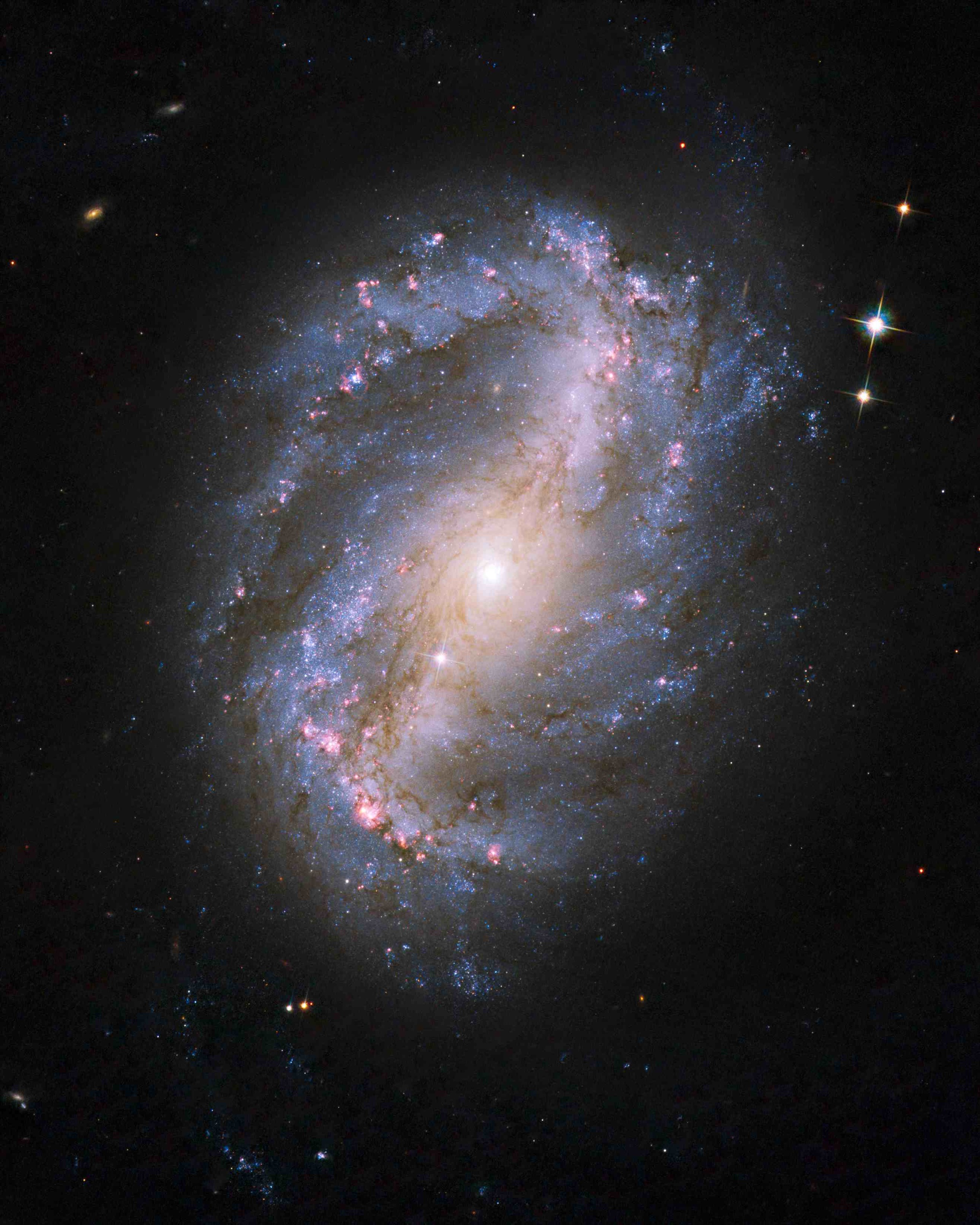Most people have no real understanding of how food is created. For example, weigh a bucket of dirt, plant a seed, grow a big plant, pull it out roots and all. Now how much does the bucket weigh? Most people will guess the bucket is now lighter by about the same mass as the plant they pulled out. The truth is the bucket weighs almost the same as before the seed was planted. So where does food come from?
Tell people about this and they will probably guess that the difference is the water used to hydrate the plant and soil. My rough estimate is that 99% of the water poured on a plant does not turn into plant material. So where does food come from?
Here's the truth....plants are machines for converting carbon dioxide (CO2) into more plant material. Food is manufactured from CO2 and a tiny amount of other materials. Yes a little bit of dirt is converted into a plant, but not much. Yes a little bit of water is converted into a plant, but not much. Yes macronutrients are needed such as nitrogen and potassium, but not much. Food comes from carbon dioxide. Most professionals running a greenhouse know that they will get more food faster if they pump a little CO2 into the system.
So what are the implications for global warming? What is the projected food growth rate in a world with CO2 greater than 400 ppm? How about 450, or 500 ppm? It seems likely that we will get more food and faster. Maybe food will grow so fast that we can get 2 growing seasons out of some regions in the world.
How about sunlight? What does the green component of sunlight do to a plant? The answer is it does nothing, it is completely wasted. It reflects off the green leaves. If you put a plant under green light the plant will die quickly. Or what does infrared radiation in sunlight do to a plant? The answer is that it dehydrates plants and is a factor in killing them. Chlorophyll does not convert infrared light into energy. Red and blue light help plants grow, the rest of sunlight is detrimental to the point of killing the plant.
PlantLab and other companies are learning this. They are learning that precision control of temperature, humidity, CO2, and lighting will produce food faster and cheaper than by planting it outside in dirt and hoping for rain and sunlight. Food factories of the future will be tightly sealed boxes full of red and blue LED's, a tiny amount of water, nutrients, and a lot of CO2.

